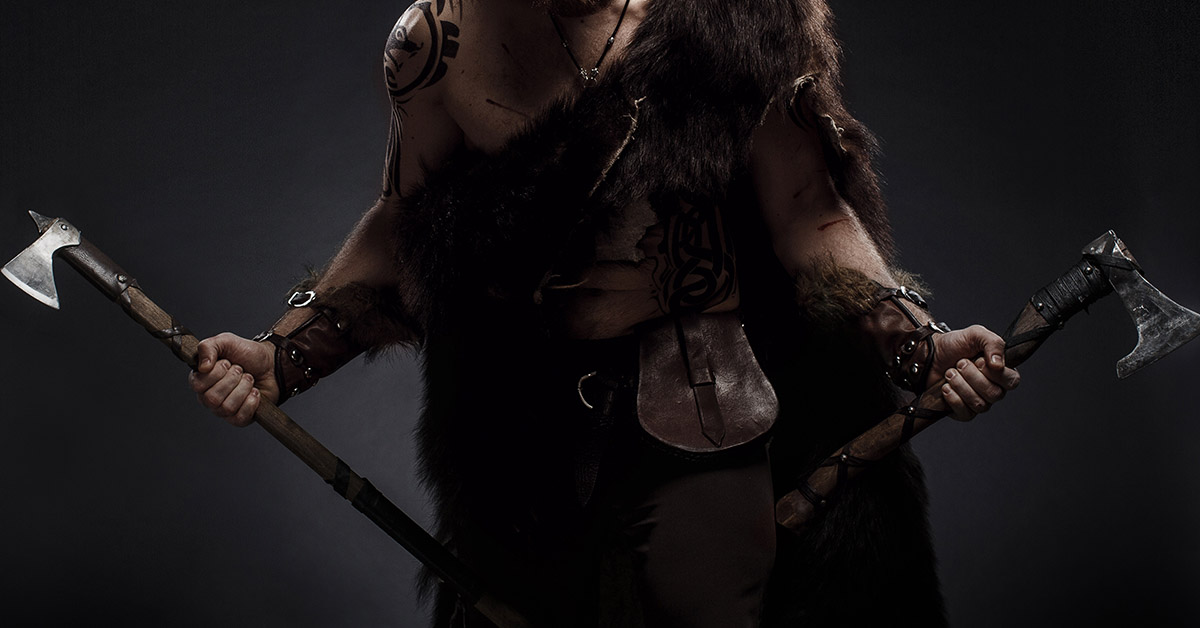There is a lot of controversy in the U.S. regarding gender roles and identification. Many are divided in their beliefs about how gender is assigned. However, a 2021 discovery shows evidence that a non-binary human being lived almost 1,000 years ago.
Non-Binary Found in Finland

In Finland, in 1968, a buried body was discovered by archeologists and published in the European Journal of Archaeology. The body was buried along with a sword and jewelry. DNA results have finally been identified and the body is that of a woman warrior, leading to the conclusion that she may have been a non-binary human. “Biology does not directly dictate a person’s self-identity,” explained Ulla Moilanen, the study’s lead author and an archaeologist at Finland’s University of Turku.
DNA Sheds Non-Binary Light

Now, nearly 50 years after the discovery, the DNA has finally shed some light on the soldier’s life and identity. Apparently, the chromosomes didn’t match those of a male or a female. Instead, scientists believe the warrior was non-binary and may have had Klinefelter syndrome.
Klinefelter Syndrome Believed to be the Cause

Klinefelter syndrome “is a genetic condition that results when a boy is born with an extra copy of the X chromosome.” According to the Mayo Clinic. It’s a genetic condition that affects around 1 in 600 males and generally isn’t diagnosed until adulthood. However, there are some early signs. Signs include weak muscles or delays in the development of motor skills. In older boys and teens, symptoms include a delay in puberty or none at all. It may also include enlarged breast tissue, an excess of emotions, and less facial or body hair than other boys around the same age. Men may experience these signs as well as an increase in belly fat or a decrease in sexual desires. Conditions like these can lead people to have numerous gender crises including the feeling of being neither male nor female, or in other words, non-binary.
Read More: Jack the Ripper’s face unveiled after police make chilling discovery
A Well-Respected Warrior

While the remains have been “badly damaged” over time, scientists were able to obtain a small sample for testing. They “found overwhelming evidence that the genetic data of the Suontaka individual most closely resembles an XXY karyotype.” According to reports. Scientists also believe that the remains belonged to someone well-respected. “A respected person whose gender identity may well have been non-binary,” explains Ulla. “If the characteristics of the Klinefelter syndrome have been evident on the person, they might not have been considered strictly a female or a male in the Early Middle Ages community.”
“The abundant collection of objects buried in the grave is proof that the person was not only accepted but also valued and respected,” Ulla explained regarding the warrior’s possible status.
Gender Roles





